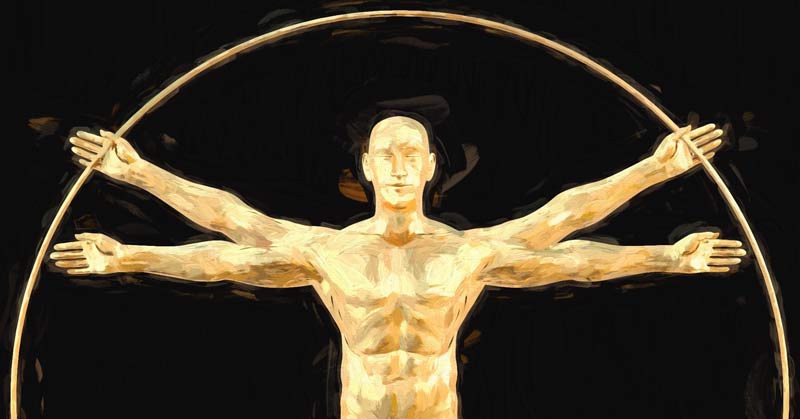
By James Smith, Athlete Consulting, Global Sport Concepts
As a coach and consultant, past and present, to a large number of athletes, coaches, and management associated with a variety of team, combat, and individual sports, it is my personal and professional objective to educate my clients.
I strive to reveal the irrefutable nature of the information that lies at the bedrock of the subject matter in question—the basal constituents.
In response to Ken Jakalski’s article “A Farewell to Arms,” what readers must be made aware of is the basic lever physics of arm action and then surmise the significance of this when considering the role of the arms in the realm of sprinting.
Arm swing is something I discussed at length in my book Applied Sprint Training and various on-line publications.
For the sake of experiment, if the sprinter collapses the elbow as much as possible, during front and backside action, the following is true:
- The lever is shortest
- It requires the least amount of time and energy to cycle it back and forth
- It generates the least amount of power
Alternatively, if the sprinter extends the elbow as much as possible, during front and backside action, the following is true:
- The lever is the longest
- It requires the greatest amount of time and energy to cycle it back and forth
- It generates the greatest amount of power
This only reflects the front/back (extension/flexion of the shoulder) action of the arms and in both cases, the sprinter is assured to mitigate their potential to achieve a smooth and rapid acceleration and peak maximal velocity.
Of course, we see neither demonstrated from any elite sprinter, and while the elbow naturally collapses less than 90 degrees during front side action and extends more than 90 degrees during backside action, there is undoubtedly, by way of observation of the elite, a set of commonalities that all sprinters and athletes in general with competitive aspirations would be wise to study.
Short of this, however, no more than a cursory review of the sub 9.8, let alone sub 10.0, the population of male sprinters demonstrates all that need be known with respect to the optimal kinematics of the arms.
As for the trajectory of the arms, there are also critical points to observe.
A purely forward and backward motion involves minimal deviation from the line parallel to the sagittal axis and results in the least impact on influencing thoracic rotation.
Alternatively, by intentionally crossing the hands over the midline of the body as much as possible, there is a significant deviation from the sagittal axis. By associations, this poses a significant impact on influencing thoracic rotation.
The hips rotate as a result of the action of the legs. In simple terms, the hips rotate as a result of the scissoring of the legs. For example, the flexion of the left hip of the recovery leg, subsequent to toe off, simultaneously along with the extension of the right hip at the conclusion of knee drive, initiates the clockwise rotation (axial view) of the hip. As the femur of the left leg travels forward, the femur of the right leg is traveling backward. The maximal degree of rotation is achieved when the left knee is farthest, in front, from the coronal axis and vice versa.
From this we know that the optimal degree of hip rotation about the vertical axis ends when the knee of the femur of the front side leg is farthest from the coronal axis. Now we ask ourselves, to what extent does the action of the arms influence the rotation of the hips. The answer is related to the rudimentary lever physics example listed earlier, regarding the position of the elbow and trajectory of the arm, coupled with the volitional effort.
Neuroscience reveals compelling information in that FMRI demonstrates that when we reach our hand out and touch a finger to our nose, the sensory cortex receives the sensory input from our nose first due to the closer proximity of the nose to the sensory cortex. By association, the late Charlie Francis suggested that the arms receive the signal from the motor cortex before the legs, due to their closer proximity to the cortex and, as a result, the arms must play a significant role in dictating the sprint action.
It takes no scientific biomechanics data to support such a claim, however. All one need do is attempt sprinting while allowing the arms to dangle by their side then ask themselves the question—to what extent are the arms relevant.
Most important is that the fastest men and women of all time demonstrate strikingly similar commonalities in arm action that have long since been established as the model by which all aspiring sprinters are wise to emulate.
The fastest men and women of all time demonstrate strikingly similar commonalities in arm action.
As to the question whether or not the arm action as a separate entity contributes to faster sprinting, this is moot. While the legs are of greater proportional relevance to sprinting there will never be a plausible scientific theory or discovery that states that elite sprint results may be attained regardless of what the sprinter does with his/her arms.
Dr. Mann stating that it is the legs, not the arms, that primarily dictate success in sprinting is no more revealing than a gastroenterologist stating that the stomach, and not chewing, is primarily responsible for digestion. Lest, not anyone disregards the contribution of chewing your food sufficiently well in light of such a statement.
Further, Dr. Mann’s statement that “regardless of the quality of the sprinter, there is no significant difference in the arm action“ is no more relevant than stating: regardless of the quality of the sprinter, there is no significant difference in their leg action. The reason for this is because the vast majority of athletes are capable of propping themselves up and cycling their legs fast enough to run sub 10.00 in the 100m, the question is what happens when their feet hit the ground.
In this way, the postural and spatial limb positioning attributes of developing sprinters may emulate, with striking efficiency and accuracy, that of their elite counterparts; all the while sprinting nowhere near as fast.
The same may be stated regarding nearly all sport movements; the difference between the performance attributes of juniors and elites lies nearly exclusively in outputs as opposed to kinematics.
As with nearly all sport training contexts, the question of how something is done supersedes the significance of merely doing it. Thus, regardless of the measurable significance of the arm action towards sprint velocity regarding deviations from what is considered to be optimal, there are irrefutable standards demonstrated by the entirety of the world’s past and present elite that deserves the attention of all.
Note the commonalities shared among them.
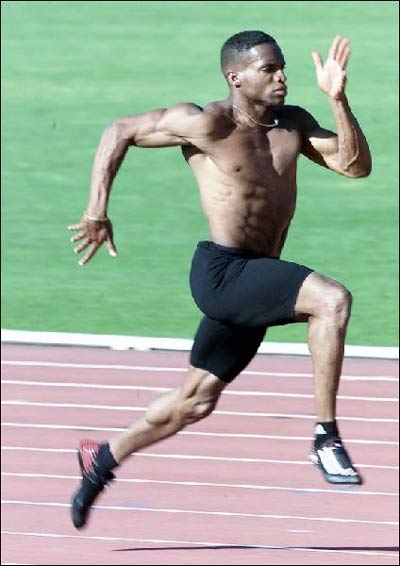
Ato Boldon
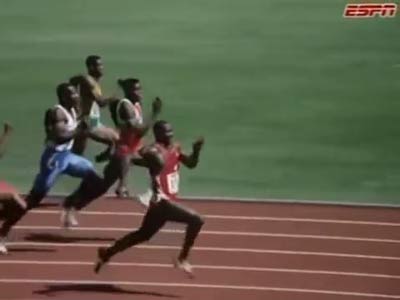
Ben Johnson
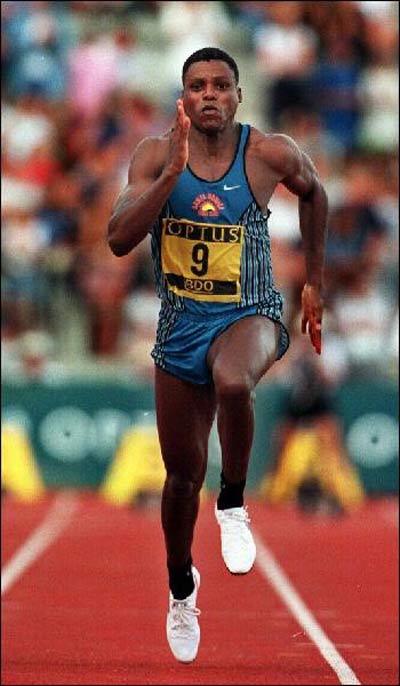
Carl Lewis
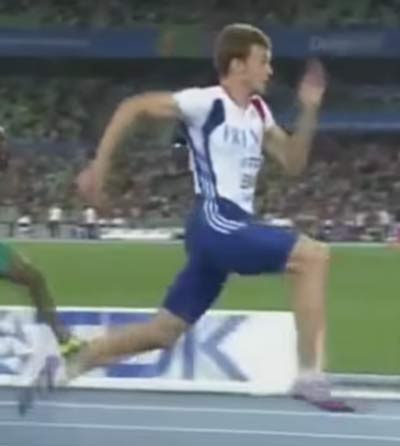
Christophe Lemaitre
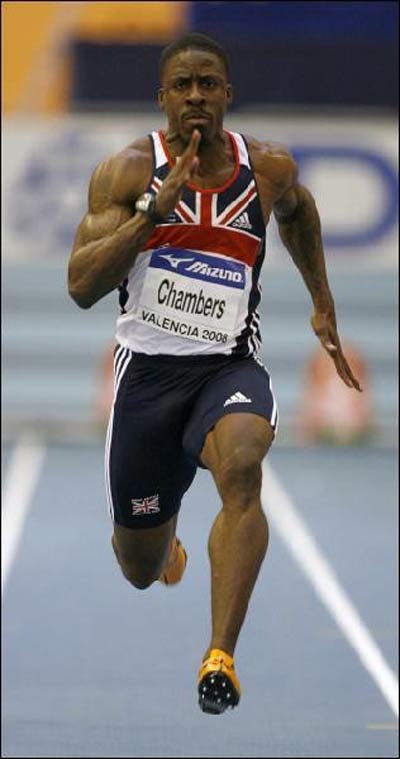
Dwain Chambers
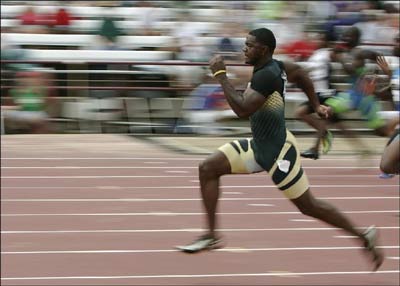
Justin Gatlin
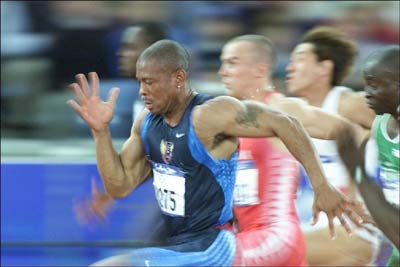
Maurice Green
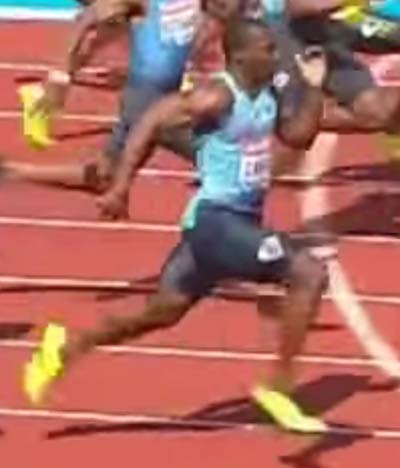
Nesta Carter
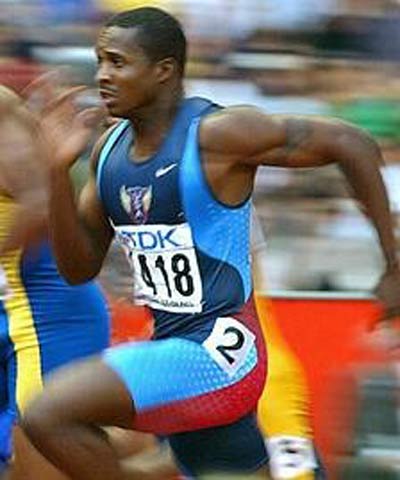
Tim Montgomery
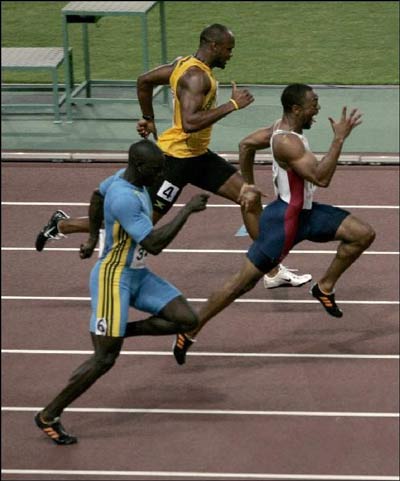
Tyson Gay
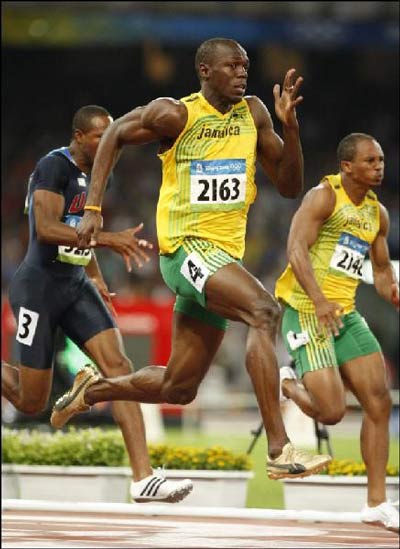
Usain Bolt
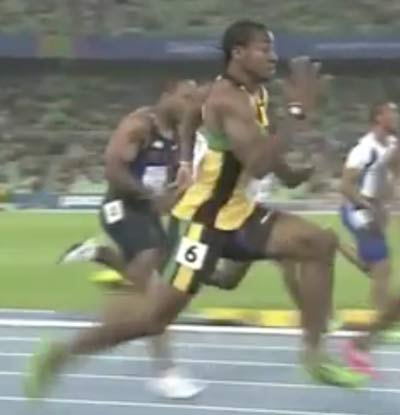
Yolan Blake
Please share so others may benefit.
[mashshare]


